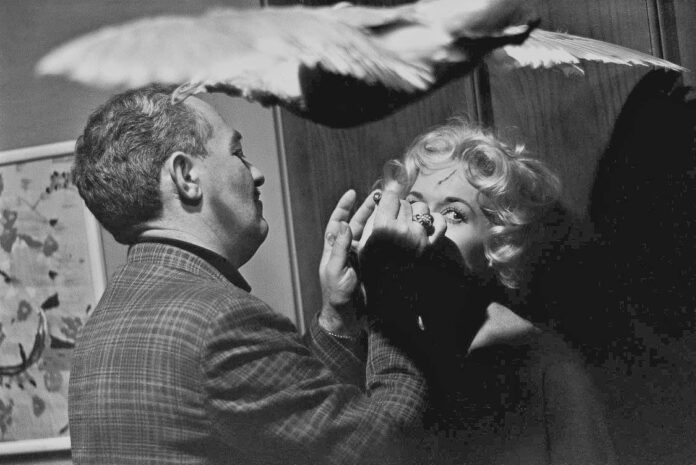At first glance, art, cinema, and painting seem to be completely separate from each other. However, they are very closely intertwined. Since the creation of cinema in 1895, art and cinema have influenced each other and pursued similar goals. Some art critics have even stated that the entire history of art can be recreated in a film.
Cinema was invented when the Impressionist movement in painting was at its peak. This movement had a great influence on cinema. People experimenting in this new media drew inspiration from the great Impressionist artists: Monet, Cezanne, Degas, Monet, Caillebotte, and Pissarro.
One of the proofs of the close connection between painting and cinema is the fact that Monet and his father Auguste had a strong influence on the famous director Jean Renoir. For example, many scenes in Renoir’s film The Campanian Party (1936), an adaptation of Guy de Maupassant’s short story of the same name, refer to the period of Impressionism. The Expressionist movement that took place during the early stages of cinematography between the two world wars produced masterpieces such as Friedrich Wilhelm Murnau’s Nosferatu (1922) and Robert Wiene’s The Cabinet of Dr. Caligari (1920).
Italian futurism advocated the development of technology and industrialization. The film “Thais” directed by Anton Giulio Bragagli (1917) is a good example of the fusion of art and cinema. This is noticeable due to the use of high-contrast and geometric lines used in the decorations.
In the 1950s and 1960s, the relationship between art and cinema was strengthened by such innovative directors as Alfred Hitchcock, Francois Truffaut and Jean-Luc Godard. These filmmakers were fans of the artist Edward Hopper.
The modern director David Lynch brilliantly combines art and cinema. It creates visually stunning, dream-like scenes. They combine the creepy and the very mundane, showing the underside of a modern American suburb. Fine art photographer Gregory Crewdson embodies Lynch’s interest in the mystery of everyday life in his large-format staged photographs.

























